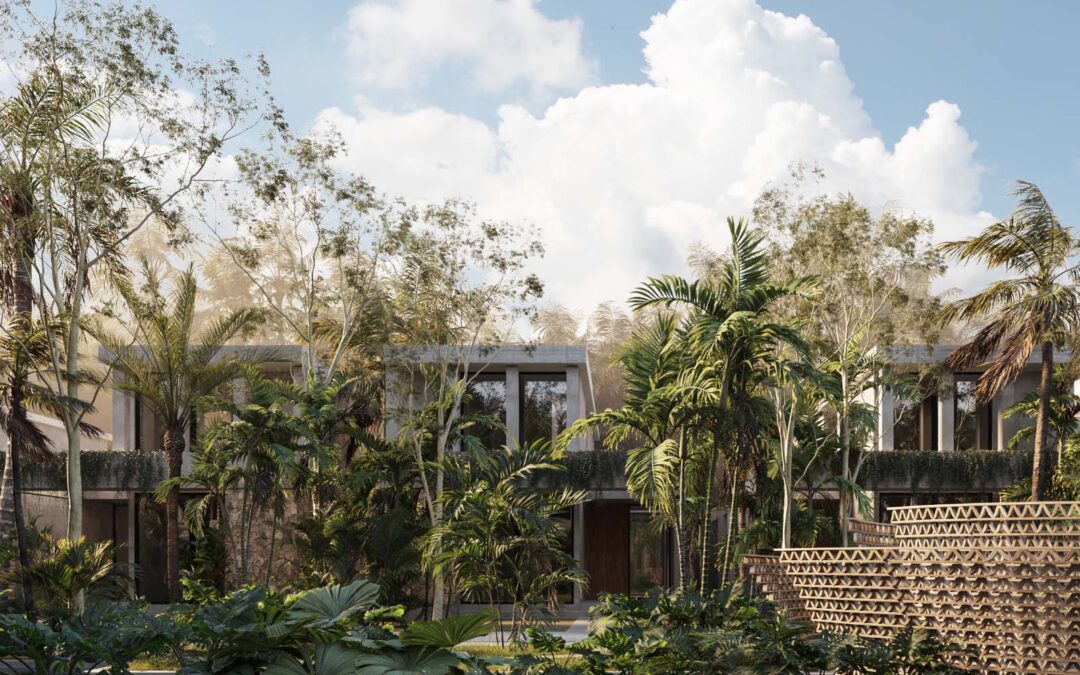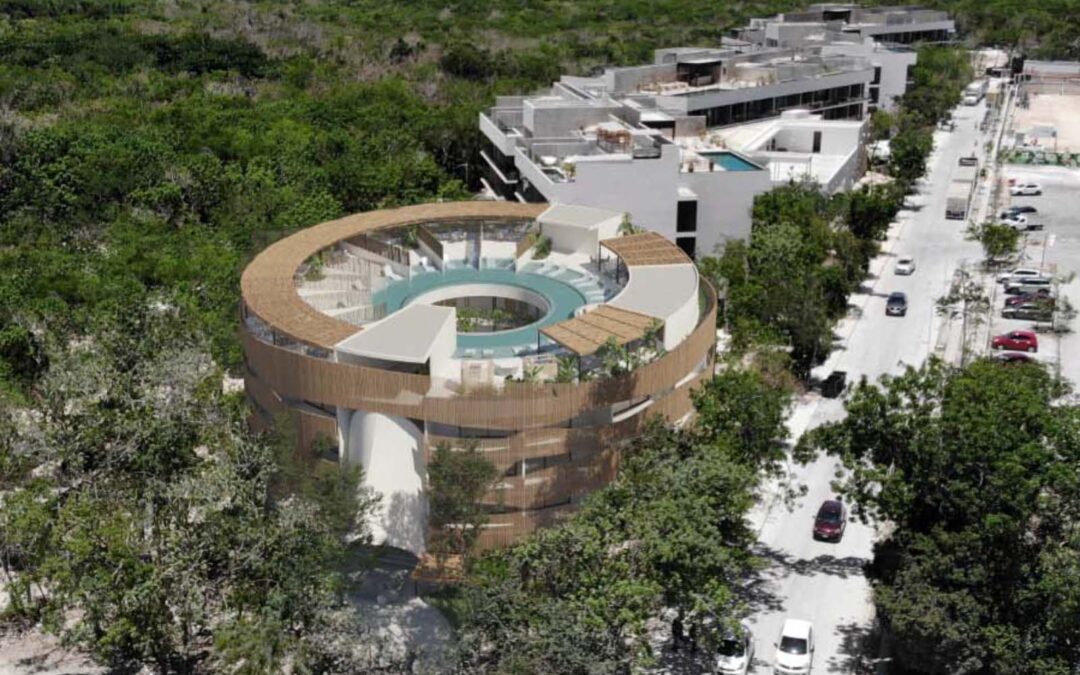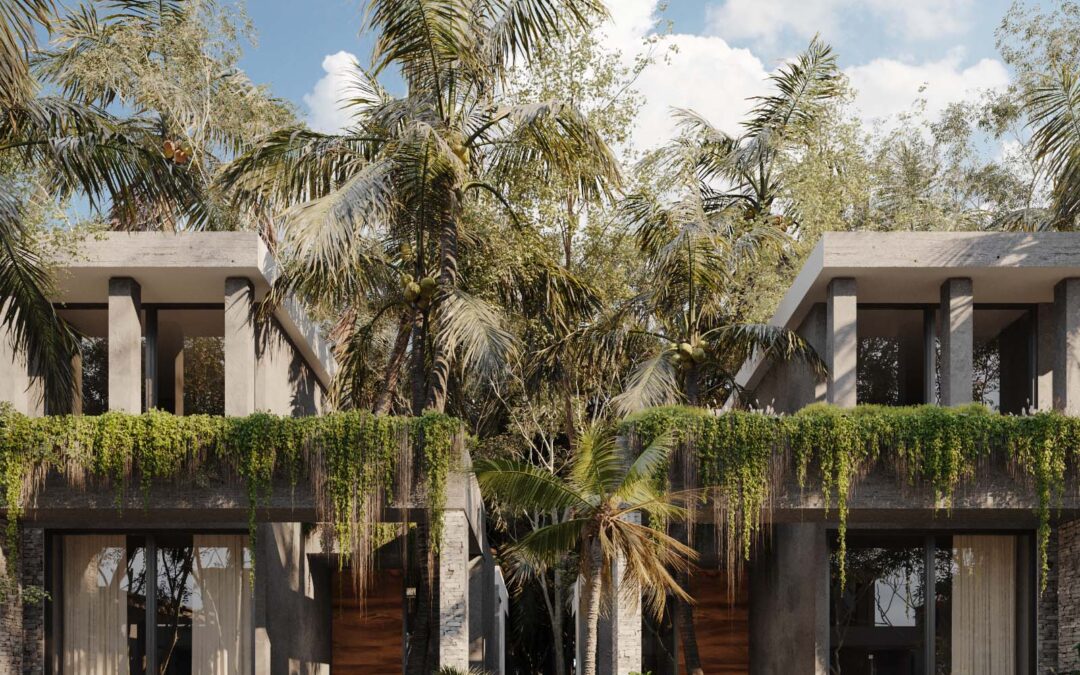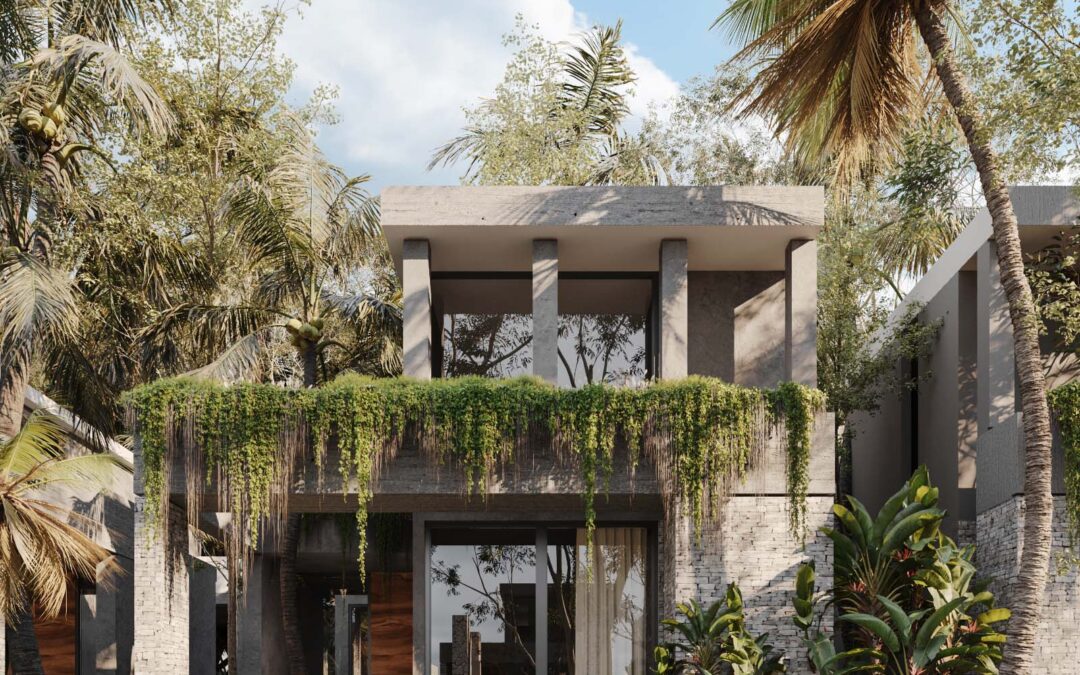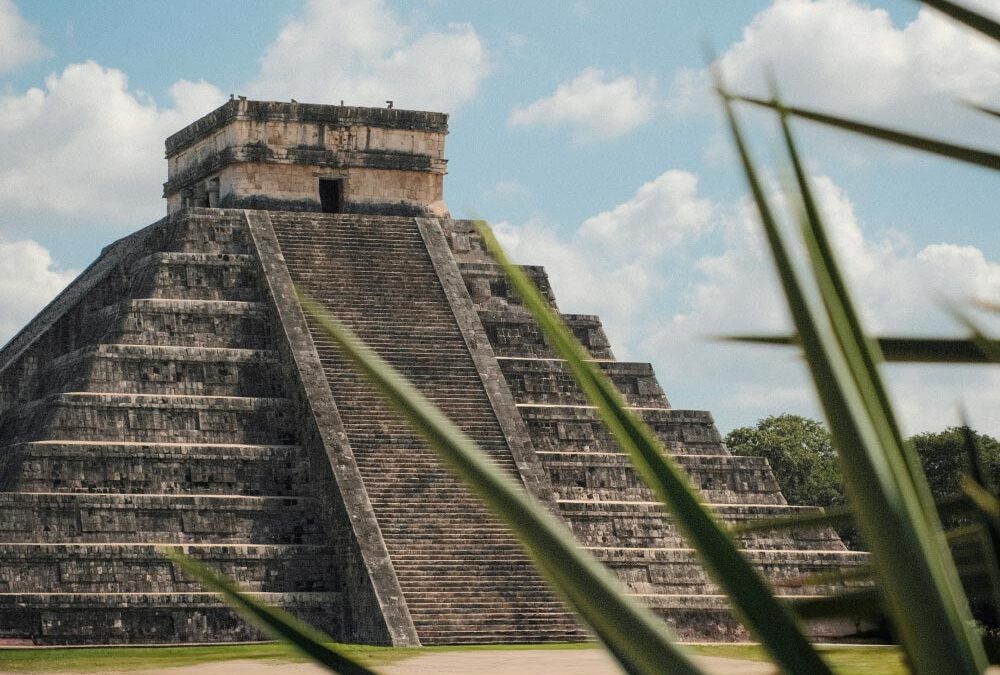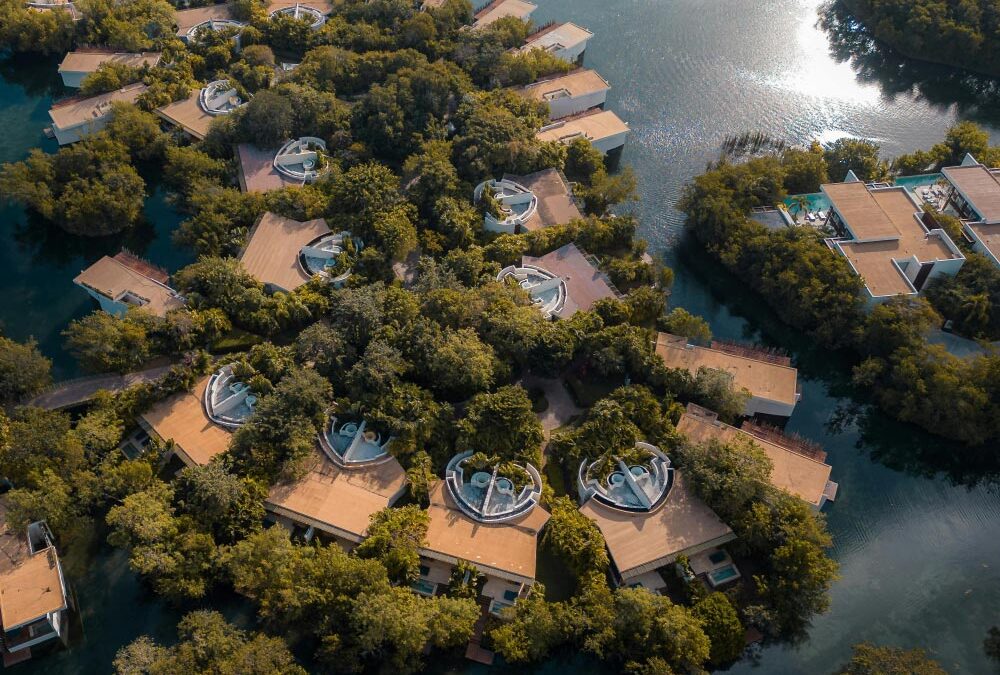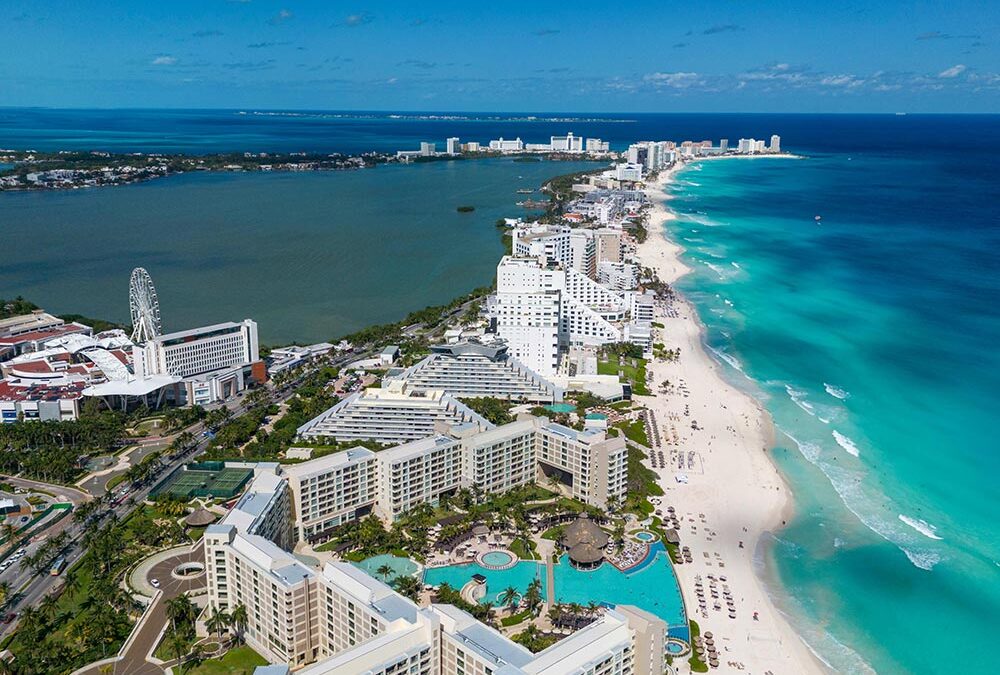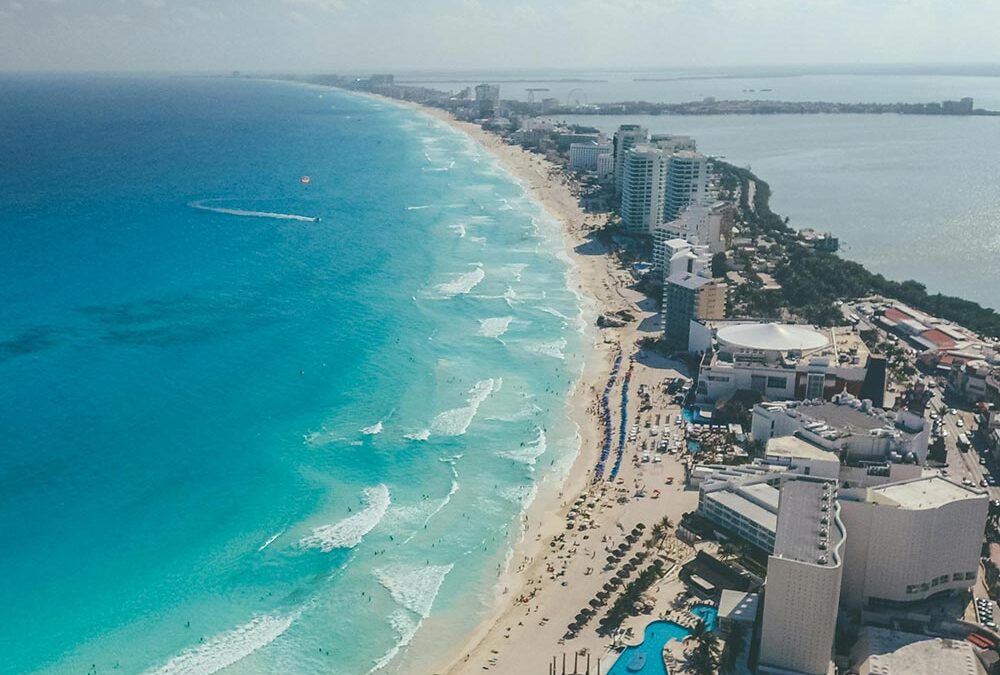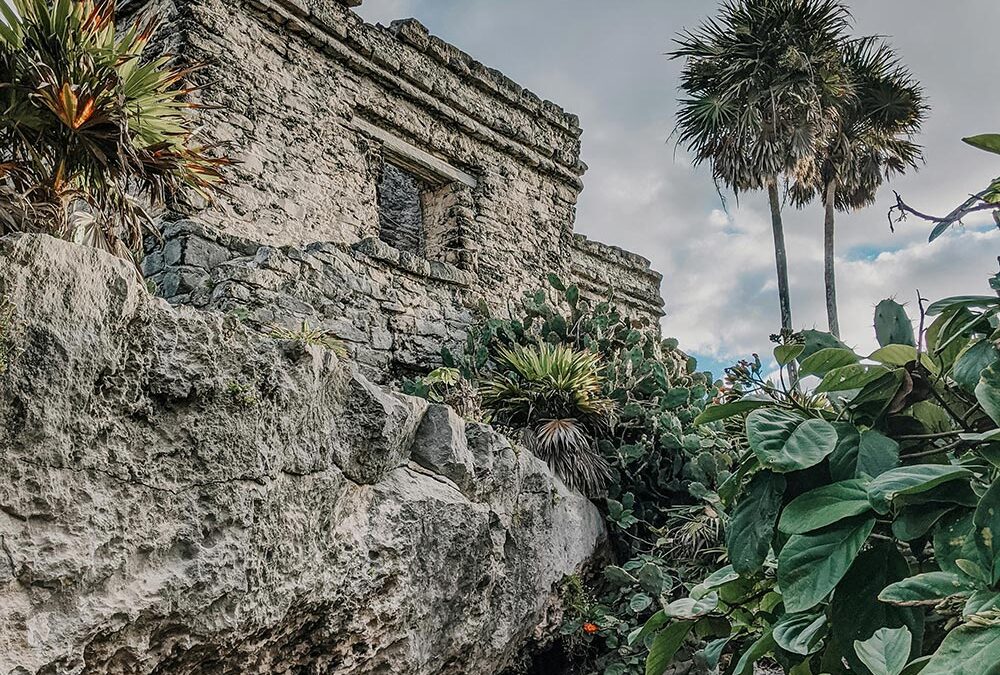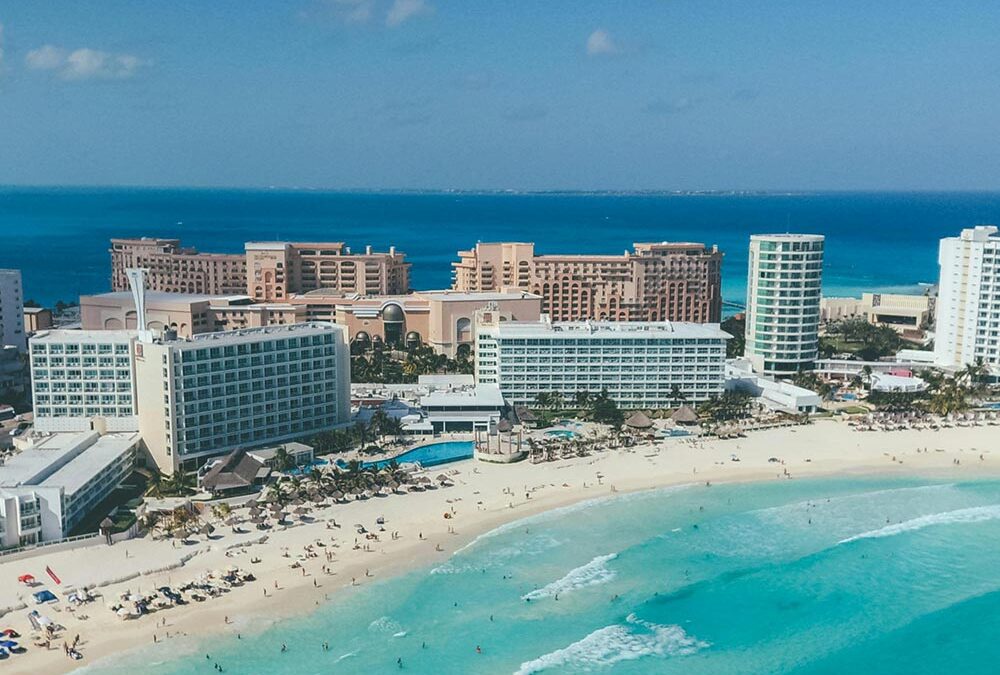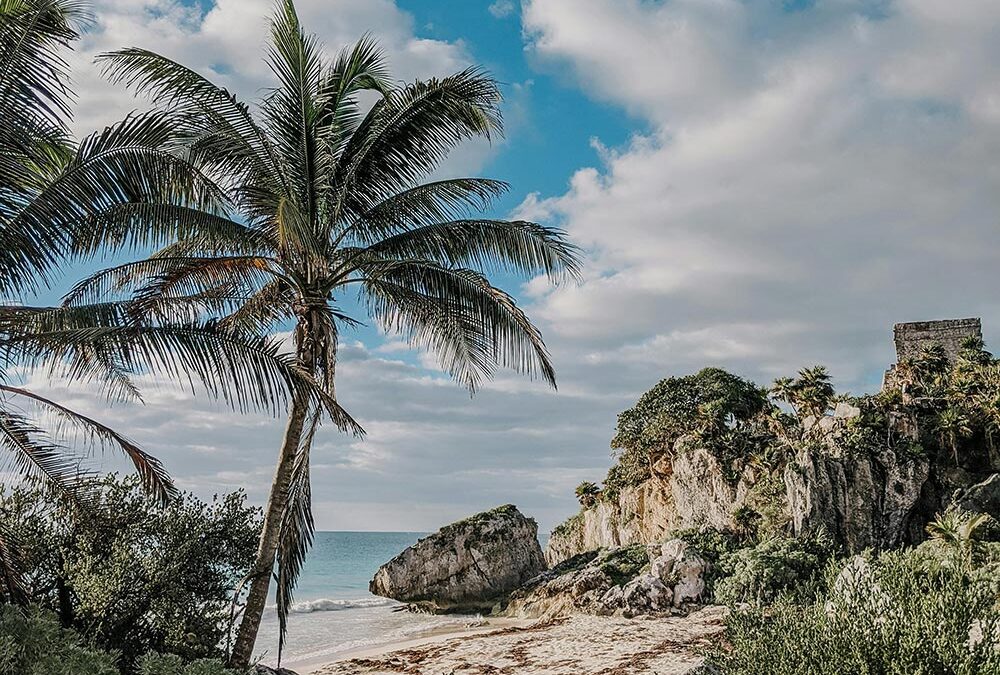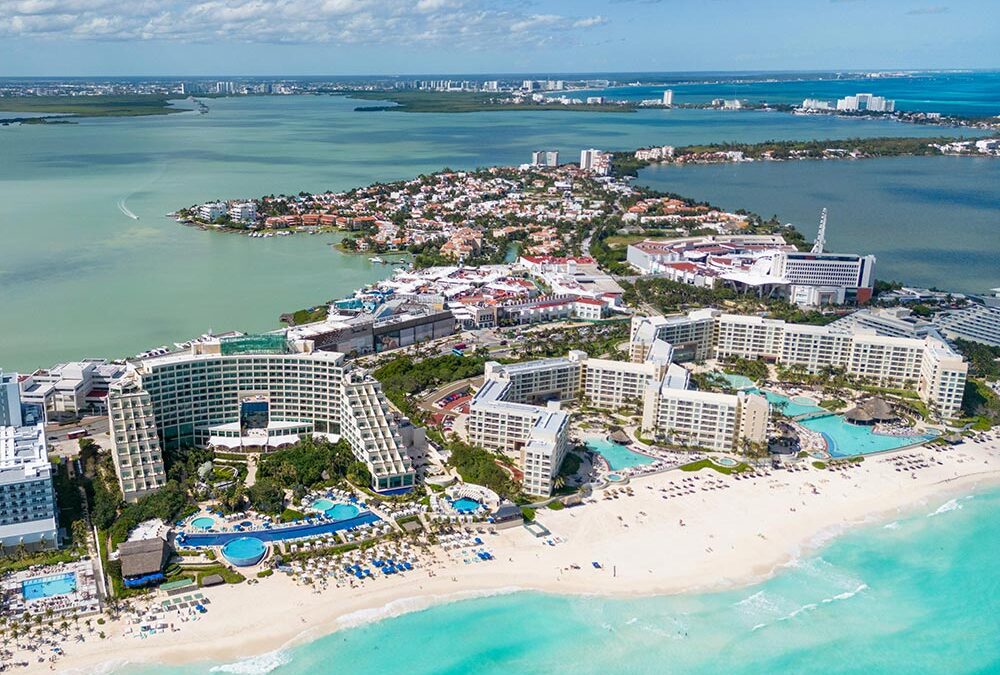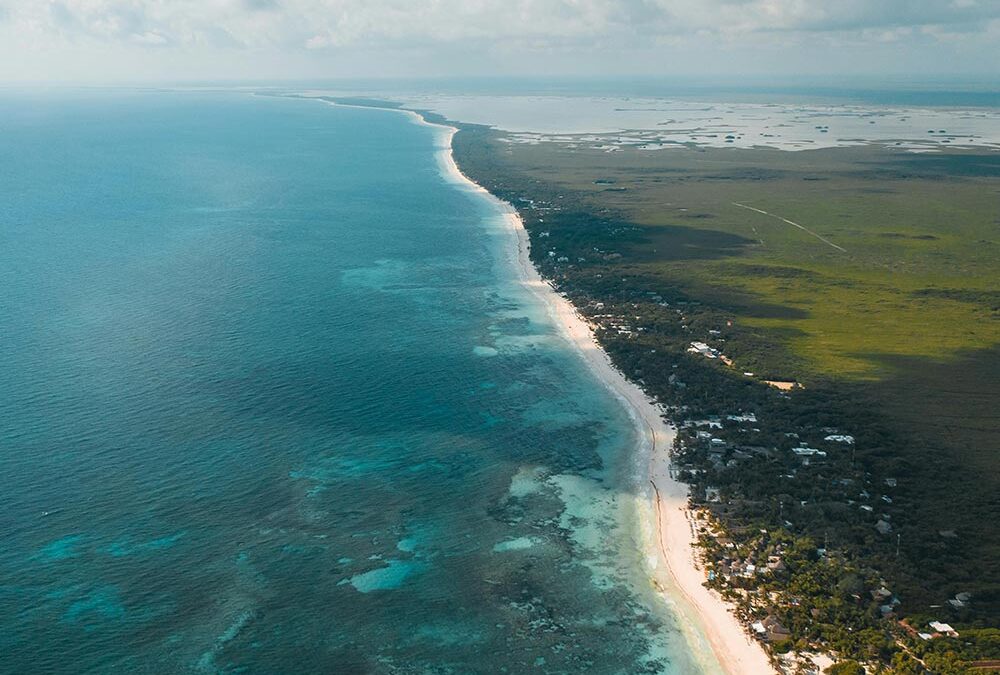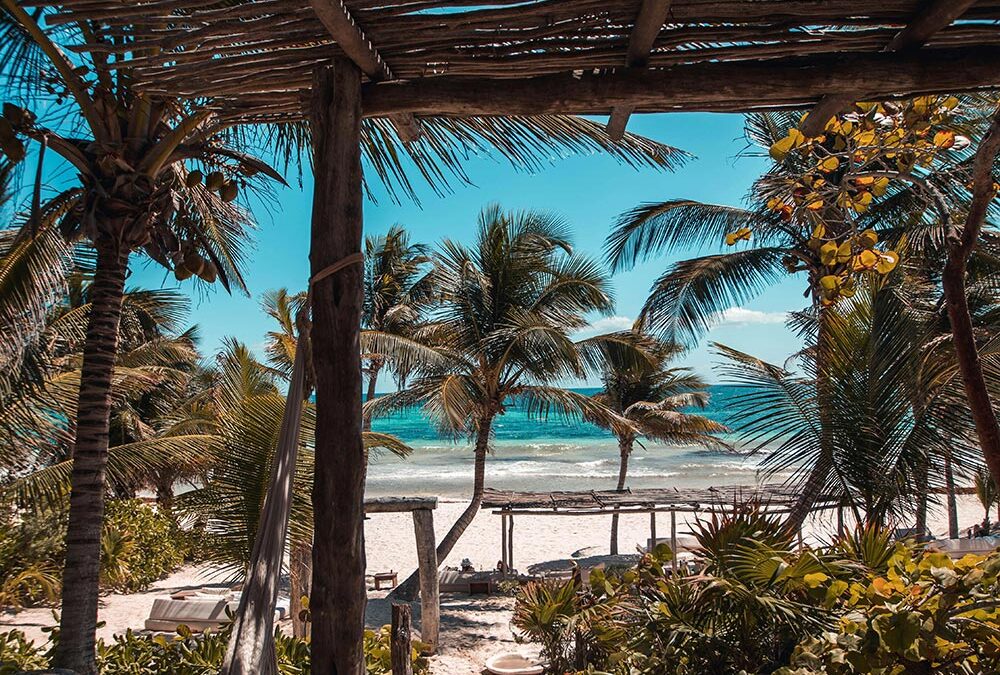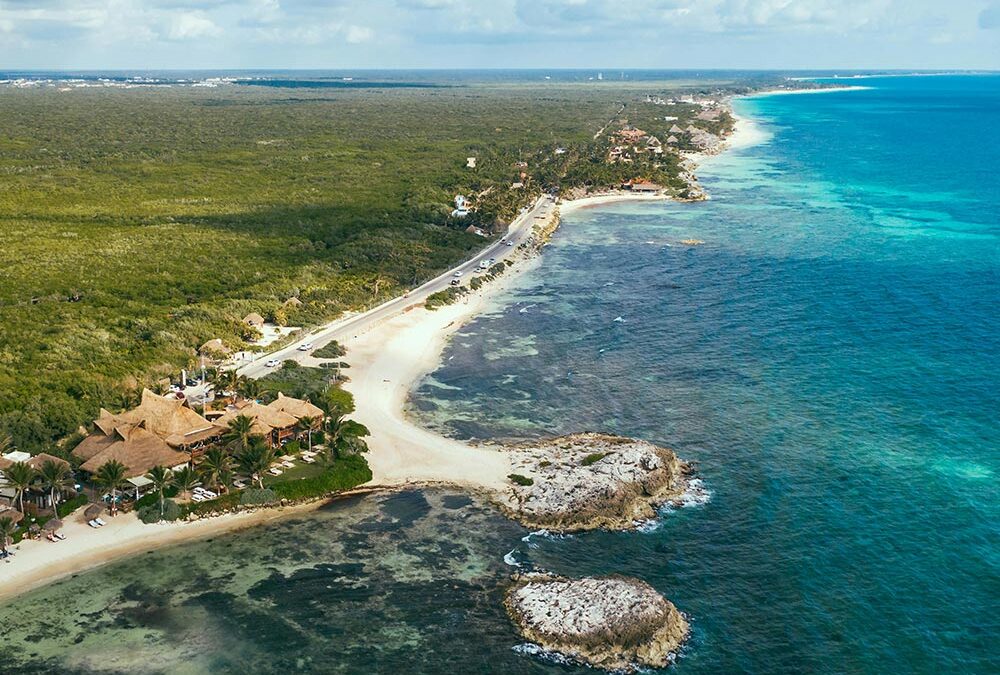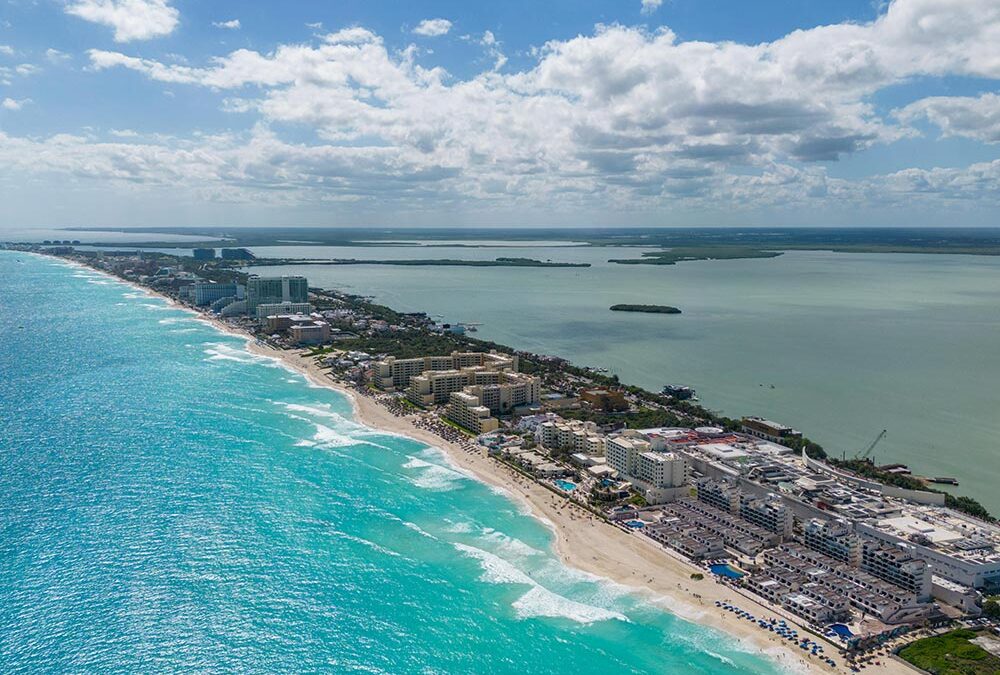Global real estate investing has long been considered one of the most effective ways to diversify portfolios, hedge against inflation, and achieve sustainable long-term growth. From residential properties in bustling megacities to commercial developments in emerging markets, the international real estate landscape presents a rich tapestry of opportunities and challenges. Access to diverse regions allows investors to balance risk and reward more strategically, capitalizing on different market cycles and economic indicators across multiple countries.
The allure of global real estate has grown stronger in recent years, spurred by rising cross-border capital flows, the digitalization of property transactions, and evolving regulatory frameworks that make it easier for international buyers to enter foreign markets. Moreover, advances in technology have allowed investors to analyze and monitor properties from anywhere in the world, drastically reducing geographical barriers. While these developments have opened new doors for both novice and seasoned investors, they also require in-depth research and careful due diligence to navigate differing laws, tax regulations, and cultural nuances.
As we delve deeper into global real estate investments, this guide aims to provide a comprehensive framework for understanding the key drivers, trends, strategies, and tools needed to succeed. You will learn about essential market indicators, how macroeconomic forces like inflation and GDP growth affect property values, and which financing models are best suited to specific investment goals. We will also explore potential risks such as currency fluctuations and political instability, and how these can be effectively mitigated through a diversified approach and thorough planning.
Throughout this guide, you will discover insightful statistics, ROI projections, and real-world examples of successful global real estate ventures. Whether you are an aspiring investor looking to make your first cross-border purchase or an experienced professional seeking to expand your international portfolio, this article will offer valuable perspectives and actionable strategies. By the end, you should be well-equipped with a deeper understanding of global real estate opportunities and the confidence to capitalize on them responsibly.
Index of Content
- Understanding Global Real Estate Markets
- Key Market Indicators
- Financing Strategies & Models
- Risk Mitigation & Portfolio Diversification
- Evaluating Performance & ROI
- Conclusion
- Case Study
- FAQs
Understanding Global Real Estate Markets
Macroeconomic Forces and Their Impact
Global real estate markets are inextricably linked to macroeconomic conditions such as GDP growth, employment rates, and fiscal policies. When a country’s economy is expanding, consumer confidence tends to rise, fueling demand for both residential and commercial properties. This growing demand often leads to price appreciation, translating into increased equity for investors. On the flip side, economic downturns can reduce property values as businesses close and unemployment rises.
Exchange rates and government policies also play a major role. Currency fluctuations can directly influence the profitability of overseas investments, particularly if rent or sale proceeds are repatriated into an investor’s home currency. Meanwhile, government interventions—such as tax incentives, housing subsidies, and restrictions on foreign ownership—can significantly alter the investment landscape. Thus, it’s imperative to study both economic indicators and government announcements to better gauge market sentiment.
According to recent global data, countries in Southeast Asia, Eastern Europe, and parts of Latin America have witnessed annual real estate appreciation rates averaging 5% to 12% over the past decade. These regions, often characterized by strong economic reforms and robust infrastructure development, attract foreign capital eager to capitalize on rapid growth. Despite higher market volatility in these areas, well-researched entries can yield substantial returns.
Additionally, real estate investors must keep an eye on demographic trends. A growing urban population in emerging economies, coupled with rising middle-class income, augments demand for housing and commercial facilities. Conversely, aging populations in certain developed nations may shift property needs towards senior living and healthcare-related facilities, offering niche investment opportunities with relatively stable cash flows.
- Monitor government development plans, as infrastructure upgrades often boost local property values.
Key Market Indicators
Supply and Demand Dynamics
One of the most fundamental elements to evaluate in any real estate market is the supply-demand equation. A shortage of properties relative to buyers naturally drives prices upward, while an excess can exert downward pressure. However, merely knowing the supply-demand balance is not sufficient; you also need to understand what type of properties are in demand. Luxury apartments, affordable housing, commercial office spaces, and industrial warehouses each have unique market drivers and varying ROI profiles.
In 2023, research showed that regions with low vacancy rates (below 5%) and consistent population or corporate inflow tend to be the most lucrative. For instance, certain tech-hub cities in Asia and the United States have reported rental occupancy rates above 96%, indicating fierce competition among tenants and upward pressure on rents.
Furthermore, changes in consumer preferences can rapidly alter market demand. In recent years, there has been an increased appetite for sustainable or ‘green’ buildings as tenants and investors become more environmentally conscious. Properties with energy-efficient features can command rental premiums of up to 10% above conventional properties, making sustainability an essential consideration in property selection.
Interest Rates and Credit Availability
Credit access and interest rates significantly influence property demand and pricing. Lower interest rates make borrowing more affordable, spurring investments in real estate. When rates rise, potential buyers often retreat, dampening demand. In many emerging markets, the absence of readily available mortgages can limit local demand but create opportunities for well-capitalized foreign investors to fill the gap. Understanding these credit ecosystems is crucial for gauging the long-term viability of real estate in a particular region.
Data from major financial institutions show that for every 1% increase in interest rates, average property prices can experience a short-term dip ranging from 2% to 4%, as the pool of qualified buyers shrinks. Consequently, investors aiming to time market entries may closely monitor central bank announcements and global credit trends to identify windows of opportunity.
- Consider locking in fixed-rate mortgages in regions prone to volatile interest rate fluctuations.
Financing Strategies & Models
Conventional Mortgages vs. Cross-Border Loans
Securing the right financing is often as important as selecting the right property. Conventional mortgages are the most straightforward, typically requiring a down payment ranging from 20% to 30% of the property’s value. However, investors looking to finance properties overseas may find stricter lending criteria and higher interest rates. Some markets limit the maximum loan-to-value (LTV) ratio for foreign buyers, necessitating a larger equity contribution.
Cross-border loans can be arranged through international banks and specialized lending institutions, often at competitive rates. Still, investors should remain mindful of currency risks. If your loan is denominated in a different currency than the rental income stream, exchange rate fluctuations could impact your net returns. Some investors utilize hedging strategies or match the currency of their loan to their projected income to reduce this exposure.
In certain high-growth markets, local governments offer incentives to foreign investors, such as reduced stamp duties or tax abatements, to attract foreign capital and stimulate economic development. These incentives can effectively lower the cost of financing and improve overall ROI. Nevertheless, thorough due diligence is crucial, as not all local incentives are stable over time, and abrupt policy changes can materially affect yields.
Equity Partnerships & Crowdfunding
For those seeking to minimize their financial burden, equity partnerships and crowdfunding platforms offer alternative funding routes. Equity partnerships involve pooling resources with other investors, sharing both the capital outlay and subsequent returns. This approach mitigates individual risk while enabling access to larger or more lucrative projects. In fact, joint ventures have been used by major institutional investors to enter new markets with local developers possessing on-ground expertise.
Crowdfunding platforms have grown significantly, with global real estate crowdfunding expected to reach a market size of $869 billion by 2027, reflecting a compound annual growth rate (CAGR) of over 20%. These platforms allow smaller investors to gain fractional ownership in properties, democratizing access to high-value assets and diverse geographical markets. Returns can vary widely, with annual yields often cited between 6% and 15%, depending on the risk profile of the project. Despite offering easy market entry, it is essential to thoroughly vet crowdfunding platforms, evaluating their track record, due diligence protocols, and financial transparency.
- Partner with local real estate experts to navigate complex regulations and cultural nuances.
Risk Mitigation & Portfolio Diversification
Hedging Against Currency and Political Risks
Investing in foreign real estate exposes you to a variety of risks beyond traditional market cycles. Currency fluctuations can drastically affect your returns, particularly if there is a significant time gap between purchasing, renting, and eventually selling the property. One way to mitigate this risk is to keep rental income in the same currency as your operational expenses or mortgage payments. Alternatively, financial instruments like forward contracts and options can also lock in exchange rates, though these come with additional costs.
Political instability and policy shifts present another set of risks. A newly elected government might implement policies unfavorable to foreign investors, such as increased property taxes, stricter capital controls, or even expropriation. It is prudent to review bilateral treaties, foreign investment protection laws, and political risk insurance options. Diversifying your global real estate portfolio across multiple countries is a powerful way to reduce concentrated political and economic risks.
Experts suggest that an investor should keep no more than 30% of their total real estate portfolio in a single international market. This approach helps shield overall performance from localized disruptions while tapping into multiple growth narratives. Historically, geographic diversification has proven effective in smoothing out returns, especially during global economic downturns.
Asset Classes and Sector Allocation
Diversification is not merely about geographic spread; it also entails distributing investments across different property types. Residential, commercial, industrial, and retail segments each behave differently under varying economic conditions. For instance, while the retail segment faced significant challenges with the rise of e-commerce, industrial properties—particularly logistics and distribution centers—experienced a surge in demand.
A balanced portfolio might include a blend of stable assets like prime residential units in well-established markets and higher-yield, higher-risk properties in emerging locales. Over the past five years, investors who diversified across these segments have seen average annualized returns of 8% to 10%, outperforming those concentrated in a single asset class by approximately 2 percentage points.
- Analyze long-term macro trends like urbanization and e-commerce growth to inform sector allocation.
Evaluating Performance & ROI
Cash Flow Analysis and Capital Appreciation
Evaluating the performance of your global real estate investments requires a comprehensive look at both cash flow and potential for capital growth. Cash flow metrics revolve around net operating income (NOI), which deducts operating expenses from rental revenue. A positive cash flow indicates that the property not only covers its costs but also generates surplus income. Meanwhile, capital appreciation reflects the increase in the property’s value over time.
Many international investors adopt a balanced strategy, seeking properties that provide moderate monthly cash flow while benefiting from robust long-term value appreciation. For example, certain fast-growing cities in Southeast Asia have historically generated year-over-year price increases of 8% or more, alongside rental yields between 5% and 7%. When evaluating these metrics, consider local inflation rates, property taxes, and maintenance costs to gauge net returns accurately.
Leveraging Ratios and Time Horizons
Different financial ratios can serve as quick indicators of an investment’s viability. The capitalization rate (cap rate) is a popular measure, calculated by dividing NOI by the property’s purchase price. Higher cap rates typically signal higher returns but may also carry more risk. In global markets, cap rates can range anywhere from 3% for prime properties in leading cities to 12% or more in emerging markets.
Another critical factor is the investment’s time horizon. Short-term ‘flips’ in foreign countries can be lucrative if market conditions are favorable, but they also demand impeccable timing and local knowledge. For long-term holdings, attention to structural market drivers like population growth, economic stability, and infrastructural development is vital. Experts generally recommend a holding period of 5 to 10 years to fully capture the benefits of capital appreciation and rental income growth in most global real estate markets.
- Track local inflation rates to ensure your property’s appreciation outpaces the erosion of currency value.
Case Study: Multi-Country Investment Strategy in Asia and Europe
To illustrate the practical application of these concepts, consider an investor who strategically targeted both Asia and Europe for portfolio diversification. The investor allocated 60% of their funds to emerging Southeast Asian markets like Vietnam and the Philippines, where GDP growth rates have hovered around 6% to 7%, fueling strong rental demand. The remaining 40% was invested in stable European cities such as Berlin and Lisbon, noted for their relatively lower economic volatility and steady long-term appreciation.
In Vietnam, the investor purchased a residential condo project during the pre-construction phase at a discounted price, resulting in an estimated capital gain of 25% upon completion. Meanwhile, in Berlin, they acquired a multi-family building benefiting from Germany’s low interest rate environment. Rental yields ranged from 4% to 5%, supplemented by modest annual appreciation of around 3% to 4%. By balancing high-growth and stable assets, the overall portfolio achieved an average annualized return of approximately 10% over five years.
The critical lessons from this case study include the importance of researching market fundamentals, leveraging favorable financing in different regions, and maintaining a balanced approach to risk. By diversifying across currencies, sectors, and geographies, the investor successfully hedged against potential economic and political disruptions. These strategies underscore the value of meticulous planning and long-term commitment to global real estate investments.
Conclusion
Global real estate investing, though rich in opportunity, demands rigorous due diligence, strong strategic planning, and ongoing market monitoring. From analyzing economic indicators to selecting the optimal financing model, each decision can significantly impact your portfolio’s performance and risk profile. By diversifying across multiple geographies and property types, investors can harness the benefits of various market cycles, potentially achieving higher returns while mitigating concentrated risk.
Throughout this article, we explored the crucial factors influencing property values—everything from the macroeconomic backdrop and political climate to demographic shifts and technological innovations. We also outlined various financing options, highlighting how tools like equity partnerships and crowdfunding are changing the landscape, and we underscored the importance of currency hedging and asset allocation. Our case study demonstrated how a balanced multi-country strategy can achieve compelling returns while safeguarding against unforeseen market disruptions.
Ultimately, success in global real estate hinges on education, flexibility, and a willingness to adapt. Market conditions can change rapidly in today’s interconnected world, emphasizing the need for continuous learning and engagement with local experts. By combining a well-researched approach with prudent risk management, investors can make the most of global real estate opportunities—driving stable and potentially significant returns for years to come.
FAQs
1. How do I manage property in a foreign country without living there?
Many investors hire local property management companies or partner with local professionals who handle tenant screening, rent collection, and maintenance, ensuring smooth day-to-day operations even from afar.
2. Is international real estate only for wealthy investors?
While international real estate can require substantial capital, crowdfunding and fractional ownership models have lowered the entry barrier. Smaller investors can now participate with relatively modest amounts.
3. What ROI can I realistically expect from global real estate?
Returns vary by market and property type. Historical data suggests that well-researched investments in emerging markets can yield 8–12% annually, while stable markets may deliver 4–6% but with lower volatility.
4. How do I handle taxes when investing abroad?
Tax implications differ by country. Working with a qualified tax advisor familiar with both your home and target markets is crucial to optimize tax strategies and avoid double taxation.
5. What are the risks of global real estate investing?
In addition to standard market risks, international investments face currency fluctuations, political instability, and legal complexities. Thorough research and professional advice are essential in mitigating these risks.




